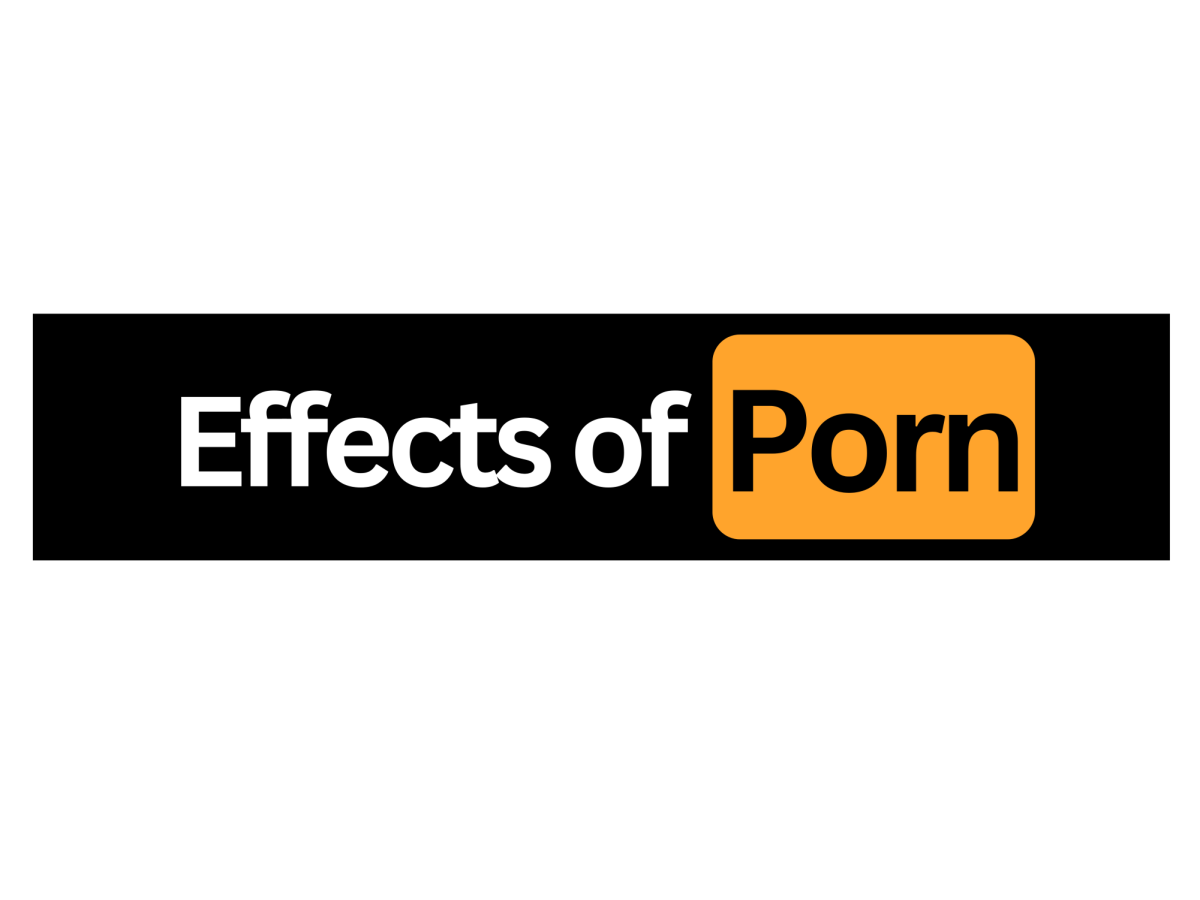
To many of us, LMSD is all we’ve ever known. As far back as we can remember, our childhood has been guided by the maroon and white, whether we were one of Mr. B’s Penguins at Penn Wynne, a Mustang at Merion, an Owl at Cynwyd, or a part of any other of the elementary schools of the district. We moved through middle school as a BC Knight or a Welsh Valley Dragon, and some of us were Royals at Black Rock. Finally, we ended up at LM.
Polished floors, new laptops, tended athletic fields—all familiar to those of us who have been raised by LMSD, one of the wealthiest districts in Pennsylvania. Over the years, these qualities have become less of a privilege and more of an expectation—something we deserve and have a right to. There’s nothing wrong with that; all students do deserve them. They do have a right to them. But not every school is so fortunate.
About a thirty-minute drive away from LM lies Girard Academic Music Program (GAMP). It’s a public magnet school serving students of grades 5-12 and is a part of the School District of Philadelphia. Magnet schools often have specialized curricula and aim to attract students from a variety of socioeconomic backgrounds across city districts. In this case, it’s music. GAMP is actually the fifth-ranked high school in its school district, according to U.S. News & World Report. But that can be deceiving. The district’s average college readiness score is 9.9/100. In comparison, LMSD’s is 55.2. GAMP’s score lies at less than half of LM’s.
GAMP isn’t a bad school by any means. Its students still score relatively well on standardized testing and its graduation rate is 100 percent. It’s just that their path looks a little different. Lily Toner, a senior at GAMP, gives a more personal description of the school. When asked if she thinks her school has comparable resources to schools like LM and Radnor, she replied, “Absolutely not…We have a small gym. We have very little gym equipment. Our theater has about ten broken seats right now that we can’t afford to replace. Our entire building is falling apart.”
Even as a literal music school, Toner explains that “we know instruments-wise — especially bigger instruments — we have trouble affording them and when we can, we can only afford the cheapest…We really have to beg the district to give us funding and they don’t have it because they’ve got over 100 schools they need to distribute it to. In the suburbs, it’s easier to get the things you need, especially for music and physical programs.”
LMSD spends more than $28,000 for every student each year, according to U.S. News & World Report. The School District of Philadelphia, in comparison, spends about $15,000 per student. We see this discrepancy every day—we have a one-to-one laptop program, (mostly) functioning bathrooms and facilities, and an extremely diverse range of extracurricular athletics and activities.
Yuma Feldman, a junior at the Philadelphia High School for the Creative and Performing Arts, another magnet school and member of the School District of Philadelphia, hasn’t had the same experience as those at LM. Feldman explained that “we’ll have periods where—especially in math classes—we just won’t have a teacher for a long time.” She expressed that she felt limited in her education because of the lack of funding, explaining, “Recently, we had a math teacher for a few months that got switched out and then the substitute just immediately quit and so now there’s no Algebra 1 teacher.”
Insufficient funding doesn’t just affect the students—it harms the teachers, too. When referring to the school’s extracurricular and curricular activities, Feldman shared that, “ a lot of the times the teachers have to pay out of pocket.” Last school year, teachers in the School District of Philadelphia were paid an average of $82,151, as opposed to LMSD’s $110,695, which ranked second in the entire state.
At the end of the conversation, Feldman was asked, “If you could fix one thing about school funding in Philly, what would it be?” She seemed to be at a loss for words. Eventually, she defeatedly stated, “I mean, there’s just not enough. That’s for sure.”

Part of the reason LMSD has so much funding is its location, right in the middle of an affluent suburban county just outside the city. About 79 percent of the district’s projected revenue for the 2024-25 fiscal year will come from real estate taxes, a reflection of the wealth surrounding the schools. This creates a positive feedback loop, as wealthier families move into the district because of the substantial funding, which drives up real estate prices, increasing revenue for the schools.
Meanwhile, public schools in Philly don’t have that same privilege. In the 2024 fiscal year, only about 34 percent of the district’s revenue came from real estate taxes. Unfortunately, there are simply too many mouths to feed. As Feldman put it, “There’s just not enough.”
Now, how do we fix it? Well, it’s a long and winding path with unforeseeable obstacles and likely unintended consequences. What is essential is that it does not boil down to an issue of efficiency, where the attitude of “do more with less” only ignores the problem instead of addressing it.
Chief among these arguments is the idea that throwing money at education won’t fix it, but only enable its inequities. The Trump administration has adopted this view, repeatedly threatening to dissolve the Department of Education, which allocates federal funding for schools.
Contrary to this is the fact that increased funding does directly benefit student performance as shown by Northwestern University economist C. Kirabo Jackson’s research, which found that graduation rates were boosted by several percentage points for students in schools that increased spending by twelve percent, and high school dropout rates decreased for New York students after funding was increased by 2-3 percent.
Apart from directly increasing funding, the distribution of the money is just as important. Weighted School Funding (WSF) seems like a potential solution, but the results have been mixed. WSF is a program used by school district to allocate money towards students based on their needs, distributing more directly to students from low-income families and those with disabilities.
In 2023, the Pennsylvania Commonwealth Court actually ruled Pennsylvania’s school funding system as unconstitutional, arguing that students are not being given the resources they are entitled to and the distribution of wealth is unjust. In response, Governor Josh Shapiro of Pennsylvania has proposed a $1.1 billion plan to minimize the inequity of Pennsylvania’s schools. It is part of an attempt to make up for the projected $5.4 billion deficiency in necessary funding for schools over the next seven years. If passed, it could serve as an effective start towards equal school funding.
We owe it to ourselves and to those who learn in worse conditions than ours to generate change and advocate. In a perfect world, every school looks like LM. But ours is a flawed one, and immediate change is impossible. Likely, the flow of money will remain static and unfair, given the current political climate. But maybe, if deliberate and methodical action is taken—and students are given a chance—there just might be enough for everyone.






